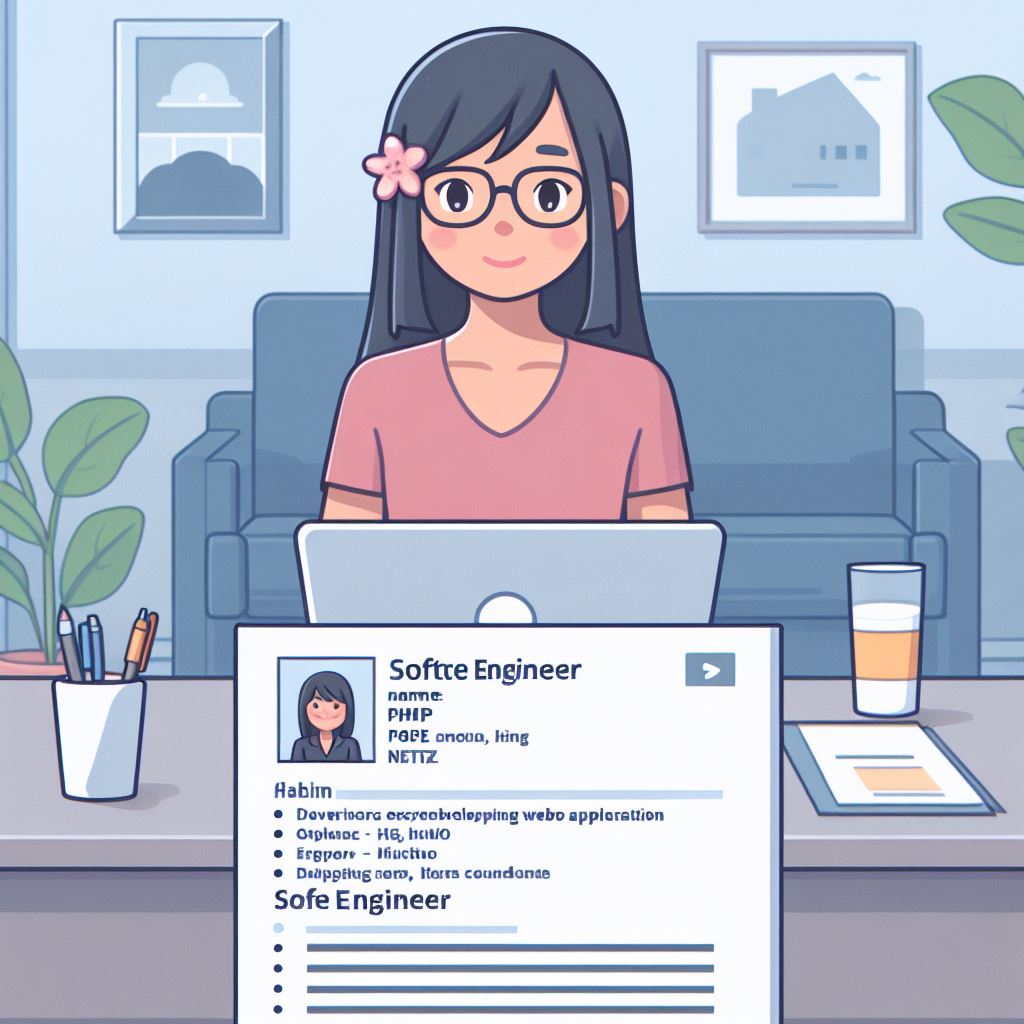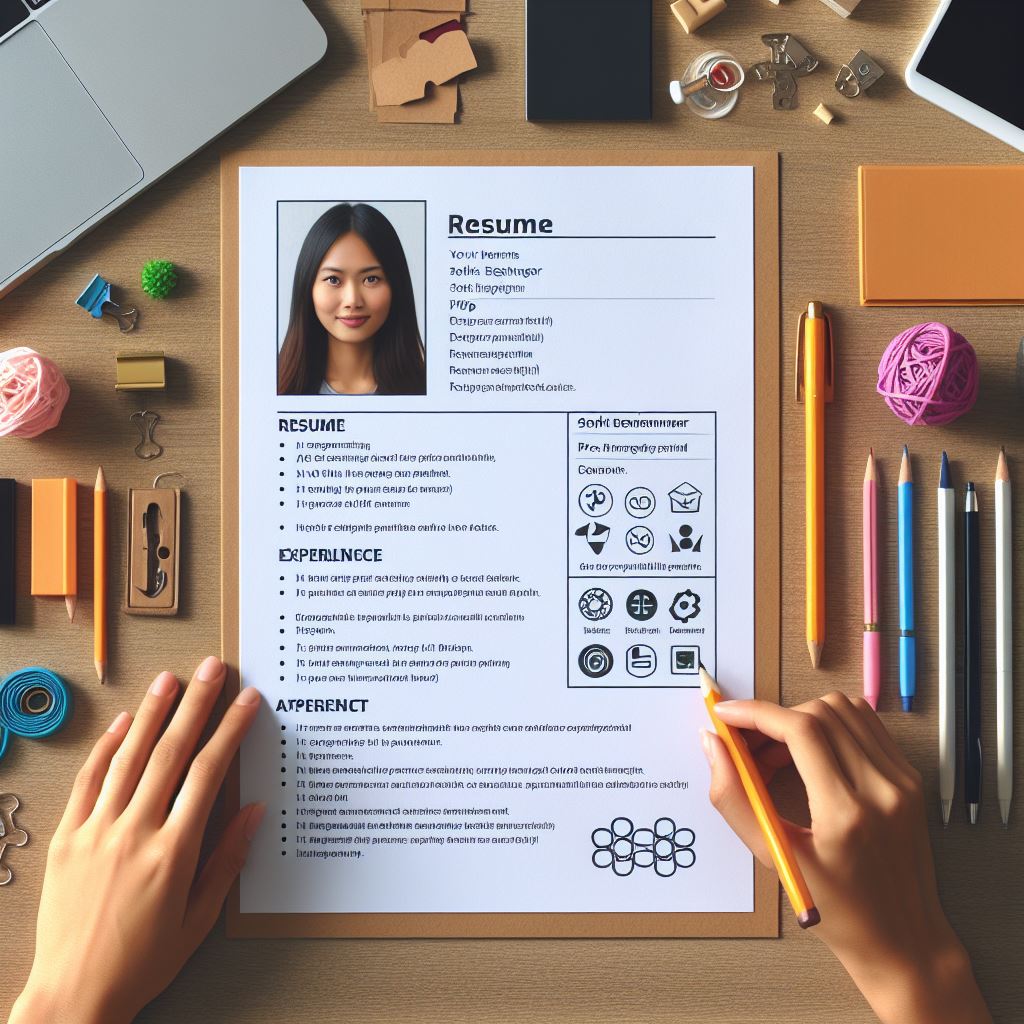How to Optimize Your Job Search with ChatGPT: A Comprehensive Guide

In the fast-paced world of job hunting, leveraging advanced tools can give you a competitive edge. ChatGPT, powered by OpenAI’s language model, is one such tool that’s gaining popularity for crafting compelling job search materials. Whether you’re a recent graduate, a seasoned professional, or a career changer, ChatGPT can assist you in creating resumes, cover letters, and more. However, to make the most of this powerful tool, it’s crucial to understand its nuances and optimize its usage.
Crafting Personalized and Effective Prompts

One of the key aspects of using ChatGPT for job search materials is providing it with personalized prompts. Generic prompts might yield generic results, so tailoring your requests to your specific situation is essential. Let’s delve into examples for different scenarios:
- For New Graduates: Start with prompts like, “Create a resume for a recent computer science graduate with Python and web development skills, applying for an entry-level software engineer position at [Company Name].”
- For Career Changers: Craft prompts such as, “Compose a cover letter for a professional transitioning from [Current Industry] to [Target Industry], highlighting transferable skills and relevant experience for the [Job Title] role at [Company Name].”
- For Seasoned Professionals: Use prompts like, “Generate a dynamic elevator pitch showcasing my 10+ years of experience in [Field] and expertise in [Specific skills], targeting hiring managers at [Company Type].”
These personalized prompts serve as the foundation for creating job search materials that align with your unique background and goals.
Enhancing Keyword Integration

To improve the discoverability of your resumes and cover letters, it’s essential to incorporate relevant keywords seamlessly. This not only attracts the right audience but also enhances the chances of your application passing through Applicant Tracking Systems (ATS). Here’s how you can infuse keywords effectively:
- For “ChatGPT resume builder”: Request, “Create a compelling and ATS-friendly resume for [Job Title] using ChatGPT, highlighting my skills in [Keyword 1], [Keyword 2], and [Keyword 3] as relevant to the job description.”
- For “AI resume writing with ChatGPT”: Prompt, “Generate a personalized cover letter using AI powered by ChatGPT, emphasizing how my experience with [Keyword 1] and [Keyword 2] aligns perfectly with the requirements for the [Job Title] position at [Company Name].”
- For “ChatGPT resume generator”: Use a prompt like, “Develop a unique elevator pitch utilizing ChatGPT, tailored to the [Company Culture] and [Industry] of [Company Name], showcasing my value proposition as a [Job Title] candidate.”
By strategically incorporating keywords, you not only make your documents more search-friendly but also increase their effectiveness in the application process.
Addressing Limitations of ChatGPT
While ChatGPT is a powerful tool, it’s not without limitations. Users must recognize it as a supplementary tool, not a replacement for their own expertise. Remind them to critically review and edit the output to ensure accuracy in reflecting their skills and experiences. This extra layer of scrutiny ensures that the final output is a true representation of the user’s qualifications.
Integration with Applicant Tracking Systems (ATS)
Many companies utilize ATS to filter through the numerous resumes they receive. To increase the chances of passing through ATS scans, users should optimize their ChatGPT-generated resumes. This involves incorporating relevant keywords and formatting the document appropriately. Guidance on aligning the resume with ATS requirements ensures that it successfully navigates the initial screening process.
Optimizing for Different Job Boards and Platforms
Job boards and platforms often have unique formatting requirements and keyword preferences. Offering guidance on tailoring resumes and cover letters for different platforms helps users create materials that align seamlessly with the expectations of potential employers. Adapting to the nuances of each platform maximizes the visibility of job applications.
Continuous Learning and Improvement
Encourage users to view ChatGPT as a dynamic tool that evolves with feedback. Experimenting with different prompts, evaluating results, and providing feedback to the model refines its output over time. Stress the importance of an iterative approach, allowing users to continuously improve the quality and effectiveness of their job search materials.
Staying Up-to-Date with Trends
In the ever-evolving landscape of job search trends and AI capabilities, staying informed is crucial. Highlight the significance of regularly updating one’s knowledge about the job market, industry trends, and ChatGPT’s features. This ensures users are well-equipped to make informed decisions and optimize their job search strategy accordingly.
Generating Impactful Bullet Points with ChatGPT
Here are some general steps to use ChatGPT to generate bullet points for your work experience and education:
- Start by giving ChatGPT a prompt that includes your work experience or education. For example: “Please generate bullet points for my work experience as a software engineer.”
- Ask ChatGPT to generate bullet points for your work experience or education. For example: “Please generate bullet points for my work experience as a software engineer.”
- Use ChatGPT to generate bullet points for your work experience or education. For example: “Please generate bullet points for my work experience as a software engineer.”
- Refine the prompts to focus on specific aspects of your experience or education, such as your leadership skills or your experience with a particular programming language.
- Finally, ask ChatGPT to generate a summary of your work experience or education that highlights your most important qualifications and experience.
